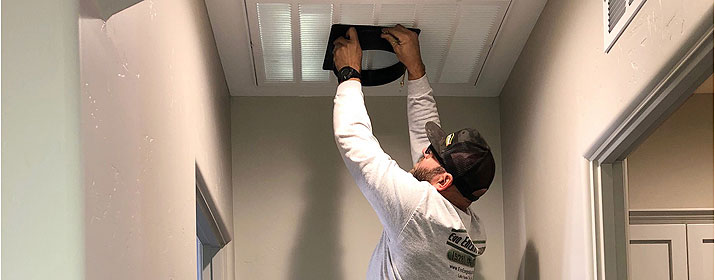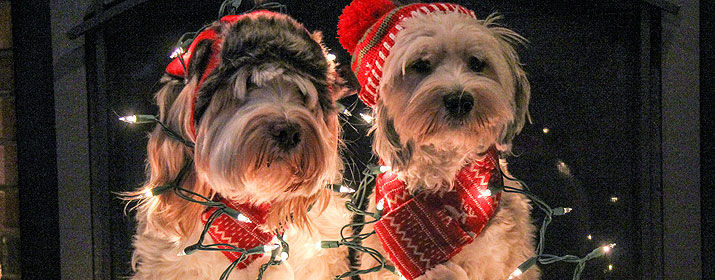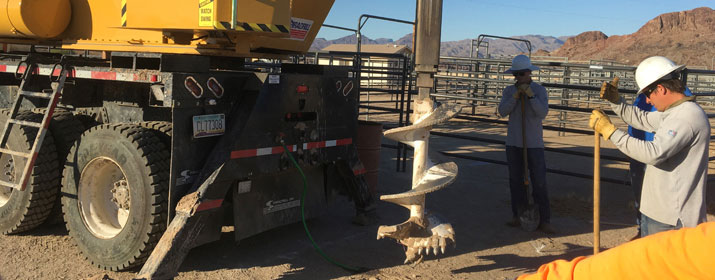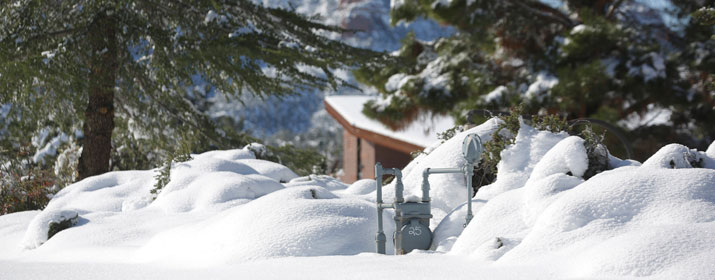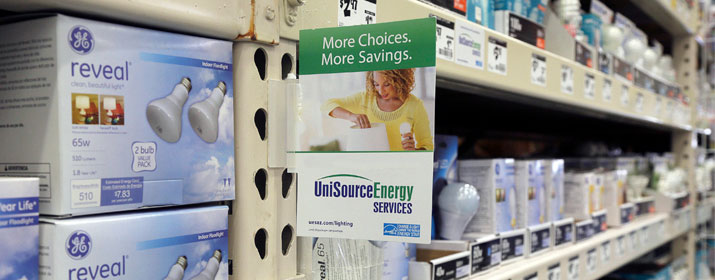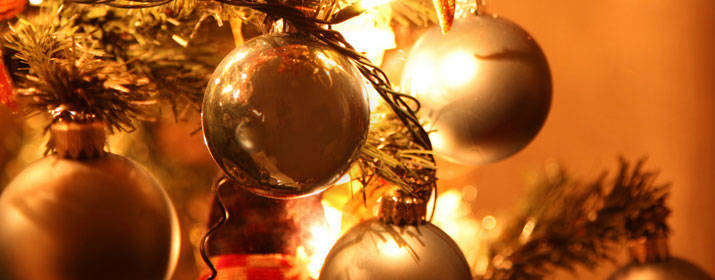
Glistening and glowing holiday lights help make the season merry and bright when family members, friends and neighbors gather in homes. But all those extra holiday lights and displays can potentially increase your energy usage and costs and pose safety risks.
“Holiday light displays inside and outside your home may require significant connections and electricity,” said Edith Garcia, Energy Efficiency Program Manager at UniSource Energy Services. “With some planning and thought, you can still ‘deck the halls’ to make your home festive, while conserving energy and keeping family and guests safe.”
Here are seven lighting and safety tips for the holidays:
1. Check light strands.
Before stringing lights on your tree and around your home, check the bulbs, wires and plugs for signs of fraying or wear. Broken or missing bulbs can cause a shock or fire. If lights are broken or worn, toss the strand out and consider replacing it with LED lights.
2. Don’t overload electrical outlets.
“If your family goes all-out with holiday decorations, it’s tempting to plug as many lights as possible into one electrical outlet, but you shouldn’t,” advised Garcia. “Plugging in too many light strands into one outlet can overload your circuits, trip your breaker and create a safety risk.” She suggests spreading out your lighting connections and outdoor inflatable holiday displays evenly between several outlets to avoid overloading circuits.
The Electrical Safety Foundation International recommends connecting up to three strings of incandescent lights together. LED lights will usually note on the package how many strings you can safety connect together. Most lights sold in the U.S. are certified by one of OSHA’s 21 Nationally-Recognized Testing Laboratories, such as UL, ETL Intertek, Met and NSF.
3. Keep cords away from water.
Cords should be at least several feet away from any water sources, including plant drain trays, water wells on Christmas tree stands and even your pet’s water bowl. Always ensure that the lights and cords used outside are rated for outdoor use and keep them out of puddles, snow and rain. When using lights and cords outside, cover the junction where your light plug and cord meet with black electrical tape to keep out water and moisture.
4. Check your outlets.
Make sure all of your outlets are Ground Fault Circuit Interrupter (GFCI). Most newer homes have these required outlets, but some older homes might still have older outlets that are not safety rated. GFCI outlets have a sensor that detects circuit faults to protect against electrical shock. If you have older outlets, it’s best not to use them or replace them with GFCI.
5. Check and secure extension cords.
Extension cords are often used when an outlet is farther away from your lighting display or you need multiple plugs. Make sure the cords are insulated and rated for your intended use – indoor or outdoor. Tuck cords away from foot traffic. Make sure to tape them down or stake them securely in the ground to prevent trips and falls. Never run cords under rugs or carpeting.
6. Use LED Lights.
ENERGY STAR®-certified LED lights and spotlights use 75 percent less energy and last 10 times longer than traditional lights for big savings. They’re also more durable and shock resistant.
“Even though LEDs are a little more expensive than standard lights, homeowners will save money through energy for many years as they’re long-lasting,” Garcia said. “Holiday LED lights have really come down in price in recent years, so they’re worth the investment.”
7. Use a Timer.
Enjoy flickers and twinkles while your family is home and awake, then turn off lights before turning in or use a timer so that lights turn off automatically at a set time each evening. Timers also can be used on electric inflatable lawn decorations so there’s no need to step out into the chilly, dark night.
For more holiday decoration safety tips, visit the U.S. Consumer Product Safety Commission’s website.

